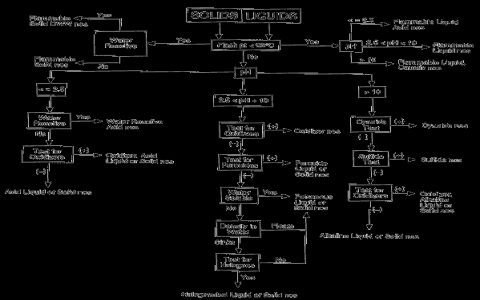Muriatic acid, which is a form of hydrochloric acid (HCl), is a strong acid. Neutralization involves reacting it with a base to produce a salt and water. The choice of neutralizer depends on the application, safety considerations, and the desired end products.
Common Neutralizing Agents:
- Sodium Bicarbonate (Baking Soda, NaHCO₃): A common, relatively safe, and readily available weak base. It reacts with muriatic acid to produce sodium chloride, water, and carbon dioxide gas. The effervescence (fizzing) from CO₂ production is a visual indicator of the reaction.
- Sodium Carbonate (Soda Ash, Washing Soda, Na₂CO₃): A stronger base than sodium bicarbonate. It also produces sodium chloride, water, and carbon dioxide. It is more effective per unit weight than baking soda but can be more caustic.
- Calcium Hydroxide (Slaked Lime, Hydrated Lime, Ca(OH)₂): A strong base that is relatively inexpensive. It reacts with muriatic acid to produce calcium chloride and water. It is often used for larger spills or industrial applications.
- Sodium Hydroxide (Caustic Soda, Lye, NaOH): A very strong base. The reaction is highly exothermic (produces a lot of heat) and should be handled with extreme caution due to its corrosive nature. It produces sodium chloride and water. Typically used in industrial settings by trained personnel.
- Magnesium Hydroxide (Milk of Magnesia, Mg(OH)₂): A weaker, safer base often found in antacids. It reacts to form magnesium chloride and water.
Important Considerations:
- Always add the neutralizing agent slowly and carefully to the acid, especially with stronger bases, to control the reaction rate and heat generation.
- Wear appropriate personal protective equipment (PPE), including gloves, eye protection, and respiratory protection if dealing with fumes.
- Ensure good ventilation.
- Test the pH of the solution after neutralization to confirm it has reached a neutral range (typically pH 6-8) before disposal or further handling, according to local regulations.










